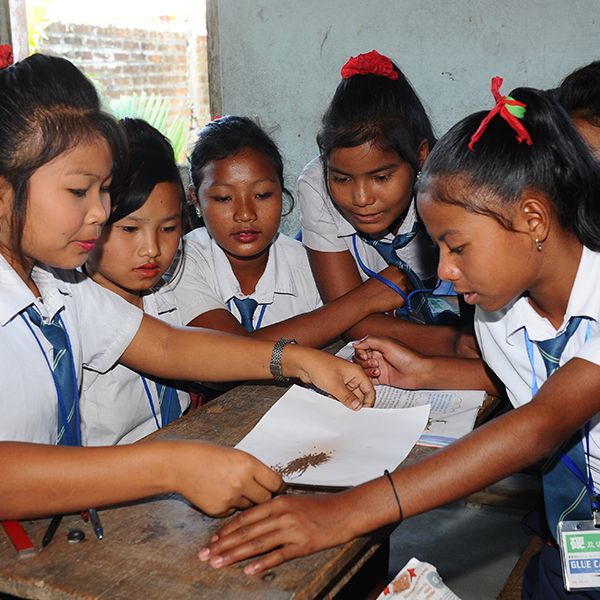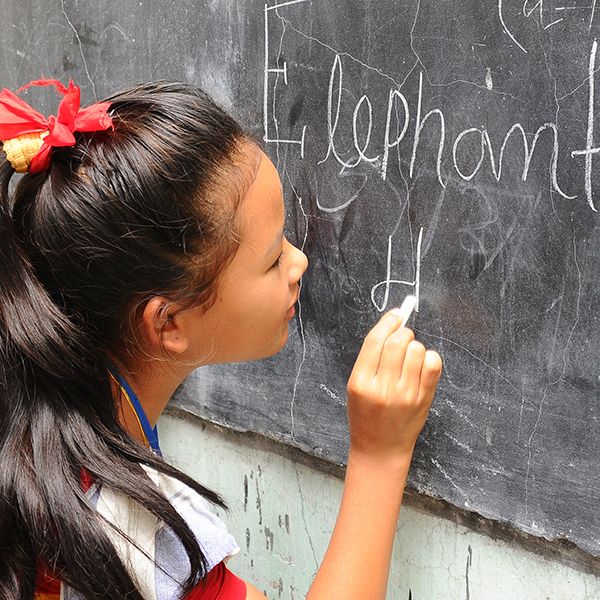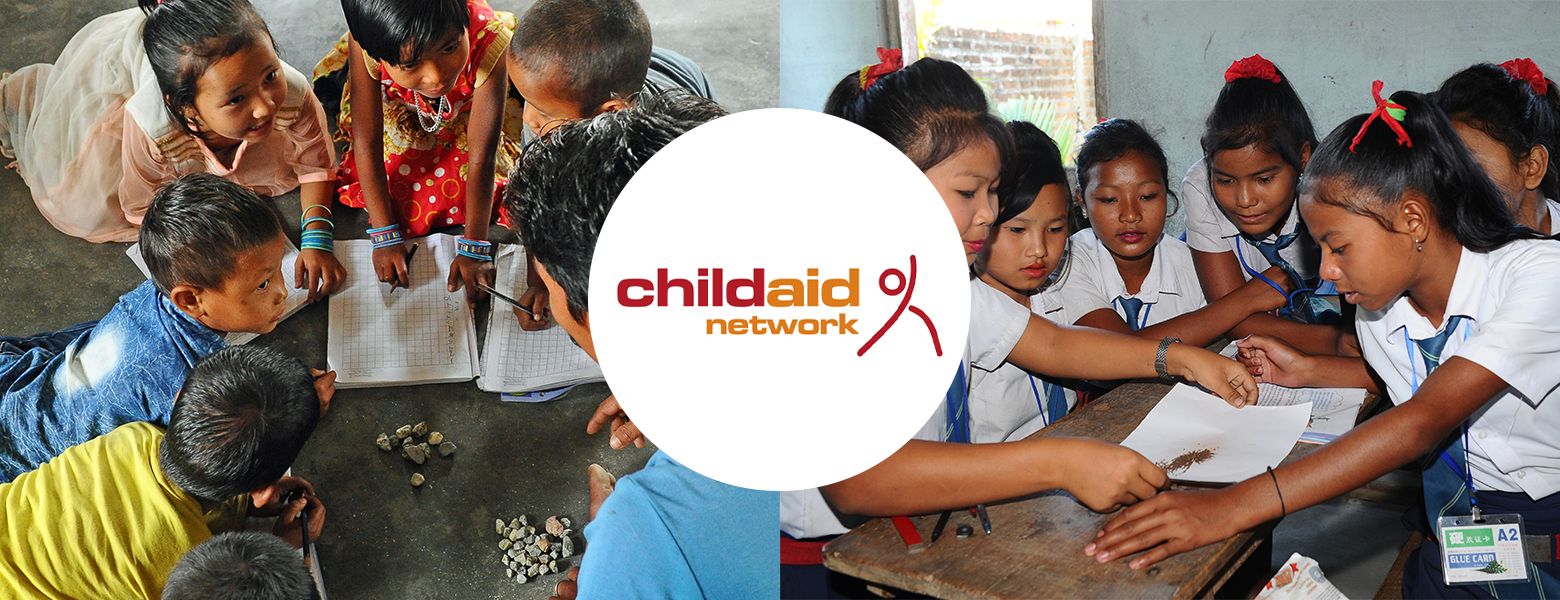
Our latest project with Childaid Network:
Quality Campaign: Education
The idea
Education brings about transformation
The seven sister states of northeastern India – not much larger than former West Germany – represent one of the poorest regions in the world. Difficult to reach, nearly non-existent infrastructure and prone to natural disasters and ethnic conflicts. The majority of the 45 million inhabitants live below the poverty line of one euro per day. In the mountains, four out of ten children do not live to see their fifth birthday. 90% of adults there are illiterate – and education still remains an unknown luxury for the younger generation.
Education is compulsory in India; according to official statistics, 97% of children are registered in schools. But the reality is quite different: Around one third of children never attend school; half of first graders leave school after two or three years. And the learning results are appalling: Of the children who have gone to school regularly for six years, 50% cannot read a simple text and 80% cannot divide.
For education to reduce poverty, the schools must sufficiently prepare children for life. The idea is to convey to children, parents and teachers the importance of a good education and to invest in regular teacher training. This requires the interaction of many factors. A model has been developed in the various projects as to how schools can be effective.
More about the Quality Campaign: Education
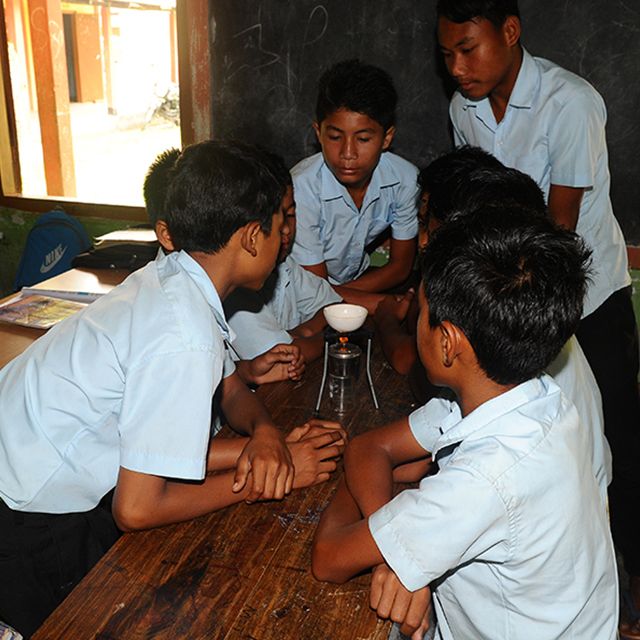
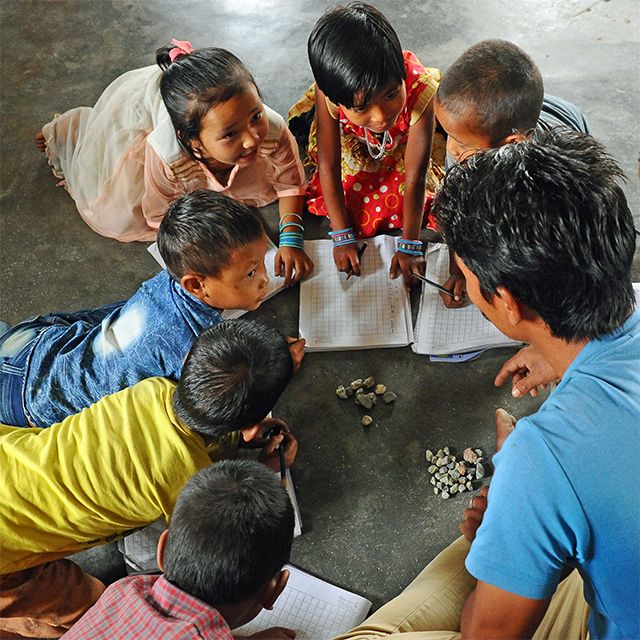
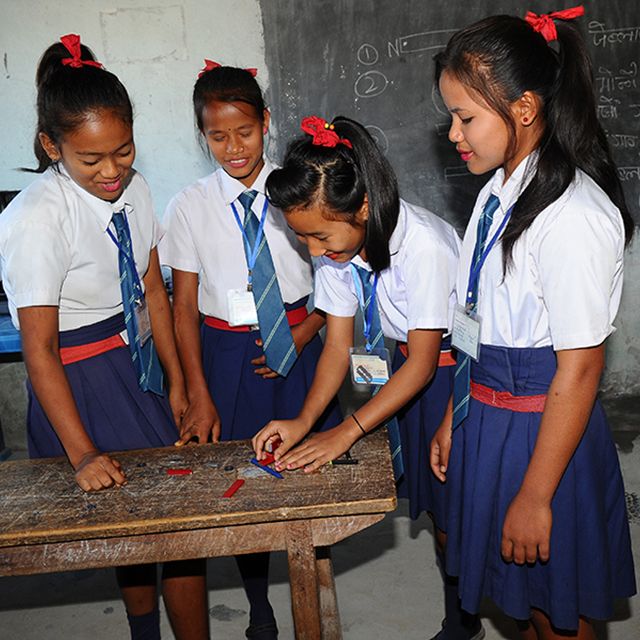
The Vision
All children should be able to go to school
Many things need to happen if we want to give children in the most neglected and underdeveloped regions of northeastern India a chance at a better future: Fundamental improvements are necessary at nearly all public schools. Organisations like Childaid Network cannot reach this goal alone. This is why Ronnefeldt has partnered with Childaid Network to support its efforts, initiatives and projects.

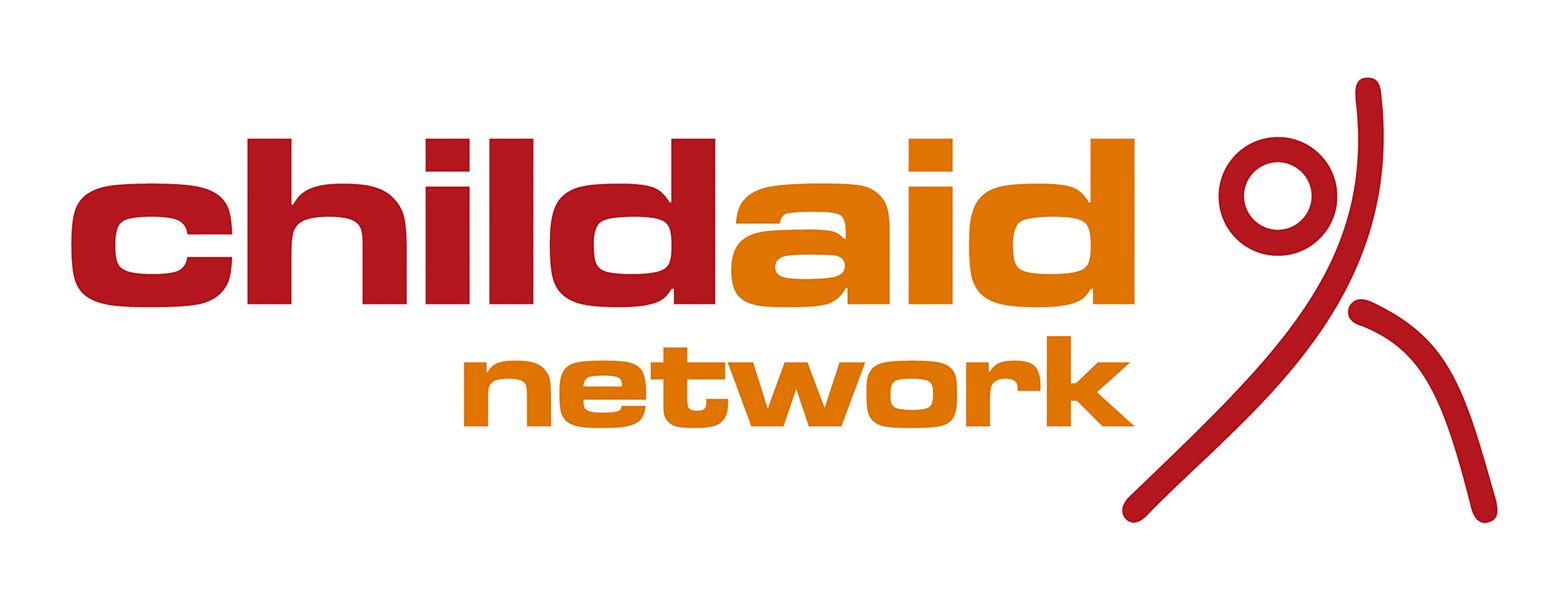
The basic principle


